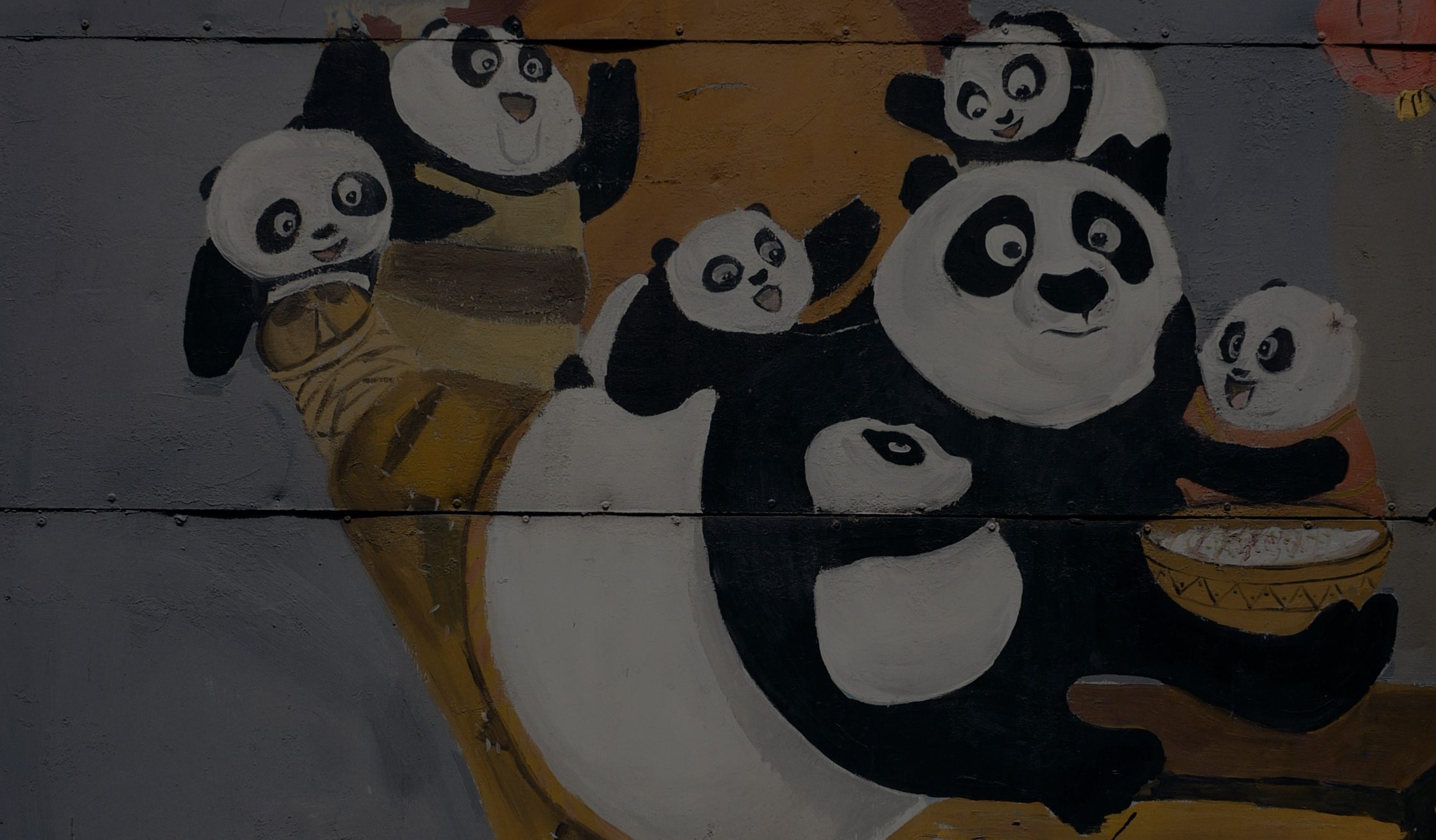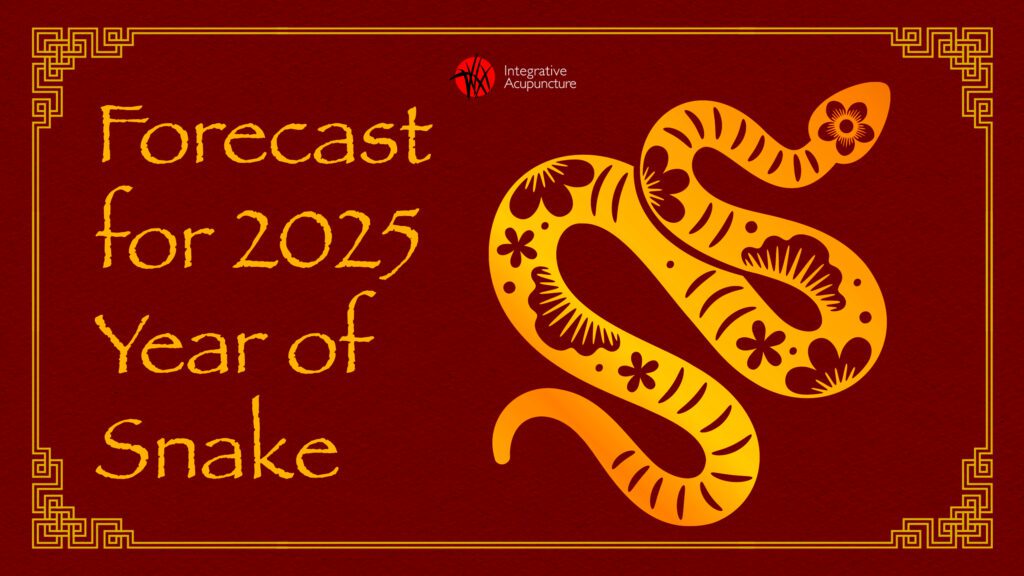Since its inception, the Kung Fu Panda series has captivated audiences worldwide with its blend of humor, heartwarming storytelling, and stunning animation. However, beyond its surface appeal, the franchise also weaves in subtle references to traditional Chinese medicine (TCM), adding depth and cultural richness to the narrative. In this blog post, we’ll delve into some of these references, from acupuncture to the concept of Qi, herbal medicine, and the yin-yang philosophy, highlighting the characters and scenes where they are depicted.
Acupuncture: Po’s Journey to Balance
In the first film of the series, “Kung Fu Panda,” our beloved protagonist, Po, finds himself on a journey of self-discovery and martial arts mastery. Throughout his training with Master Shifu and the Furious Five, Po encounters various challenges that mirror the principles of acupuncture, a key component of TCM. Acupuncture involves the insertion of thin needles into specific points on the body to promote balance and alleviate ailments. Similarly, Po’s training regimen targets his weaknesses and vulnerabilities, aiming to strengthen his body and mind. In one memorable scene, Master Shifu, resembling an acupuncturist, carefully assesses Po’s strengths and weaknesses, guiding him toward physical and spiritual harmony.
1. “Acupuncture? That’s just a myth!” – Tigress (Kung Fu Panda)
2. “You know acupuncture?” – Po (Kung Fu Panda)
3. “Uh, Master Shifu? I know how to use acupuncture.” – Po (Kung Fu Panda 2)
4. “You used acupuncture to help us.” – Tigress (Kung Fu Panda 2)
5. “I’m actually quite skilled in acupuncture.” – Po (Kung Fu Panda 3)
Qi: The Life Force Within Kung Fu Panda
Central to TCM is the concept of Qi (pronounced “chee”), often described as the life force or vital energy that flows through all living beings. In the Kung Fu Panda series, Qi manifests as an innate power that fuels the martial arts prowess of the characters. Characters like Master Oogway and Master Shifu are depicted as masters of Qi manipulation, harnessing its energy to perform incredible feats of strength and agility. Po, too, learns to connect with his Qi, unlocking his full potential as the Dragon Warrior. Through his journey, viewers witness the transformative power of harnessing one’s inner Qi to overcome obstacles and achieve greatness.
1. Master Shifu mentions Qi frequently throughout the series, especially in his teachings to Po.
2. Po often references Qi, particularly as he learns more about Kung Fu and its principles.
3. Tai Lung, the antagonist in the first film, seeks the Dragon Scroll to harness the power of Qi.
4. Master Oogway talks about Qi when advising Po and other characters on their journeys.
5. Master Shifu’s mentor, Master Oogway, discusses Qi with him, emphasizing its importance in Kung Fu and life.
These are just a few examples, as Qi is a central concept in the philosophy and practice of Kung Fu within the series.
Herbal Medicine: Mr. Ping’s Noodle Soup
In “Kung Fu Panda 2,” Po’s culinary skills take center stage as he helps his adoptive father, Mr. Ping, run the family noodle shop. Mr. Ping’s famous noodle soup, infused with secret ingredients passed down through generations, serves as a metaphor for herbal medicine in TCM. Herbal medicine plays a crucial role in TCM, with practitioners using a variety of plants and botanicals to treat various ailments and promote well-being. Mr. Ping’s noodle soup not only nourishes the body but also heals the soul, reflecting the holistic approach of TCM to health and wellness.
1. Kung Fu Panda (2008): – Master Shifu mentions herbal medicine when treating Po’s injuries after his training sessions.
2. Kung Fu Panda 2 (2011): – There’s a scene where Po’s adoptive father, Mr. Ping, a goose, uses herbal medicine in his noodle shop to heal Po’s wounds.
3. Kung Fu Panda 3 (2016): – Master Shifu advises Po to try herbal medicine when he’s feeling unwell.
These references show how herbal medicine is integrated into the characters’ lives as a form of traditional healing and wellness practice.
Kung Fu Panda and Yin-Yang Philosophy: Balance and Harmony
At the heart of TCM lies the yin-yang philosophy, which emphasizes the interconnectedness and balance of opposing forces. In the Kung Fu Panda series, this concept is embodied in the dynamic relationship between Po and his nemesis, Tai Lung, as well as the contrasting personalities of the Furious Five. Po, representing the yang energy – bold, energetic, and extroverted – must learn to embrace his yin counterpart – calm, introspective, and intuitive – to achieve true balance and harmony. Through his interactions with Master Shifu and the Furious Five, Po learns that true strength comes not from overpowering one’s adversaries but from finding equilibrium within oneself and the world around them.
The Kung Fu Panda series seamlessly integrates elements of traditional Chinese medicine, enriching its storytelling with profound cultural significance. From acupuncture and Qi to herbal medicine and the yin-yang philosophy, these subtle references add layers of depth and authenticity to the beloved franchise, resonating with audiences of all ages around the globe. As viewers follow Po’s journey of self-discovery and martial arts mastery, they too are invited to explore the timeless wisdom of TCM and its teachings on balance, harmony, and the interconnectedness of all things.






